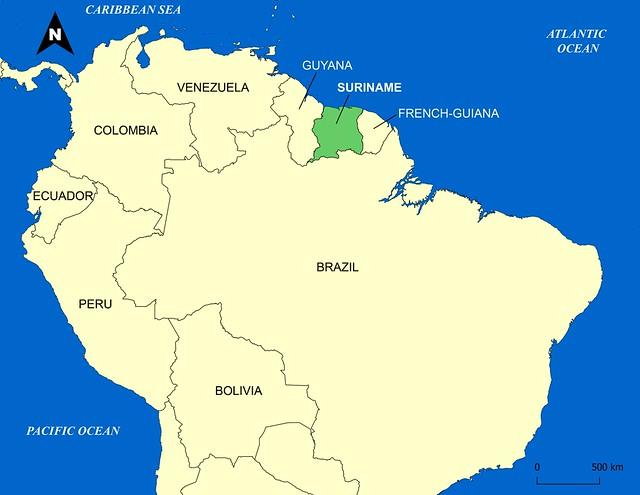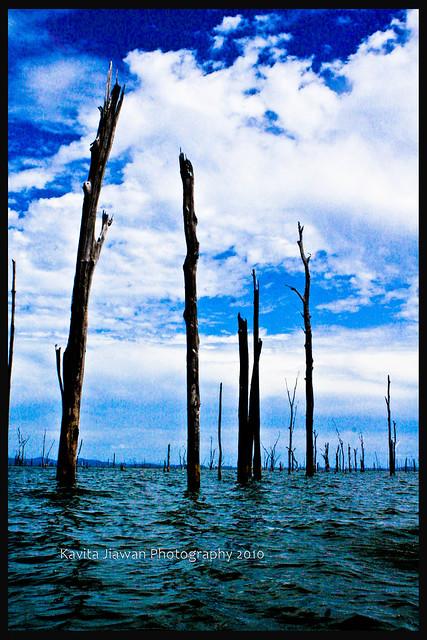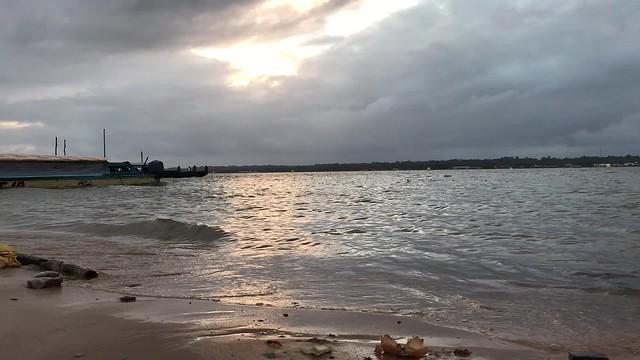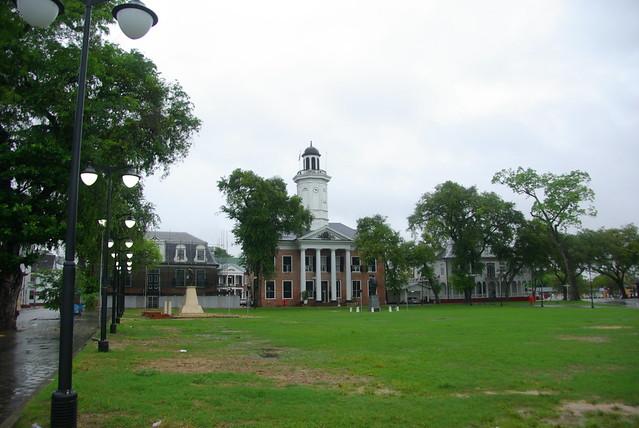
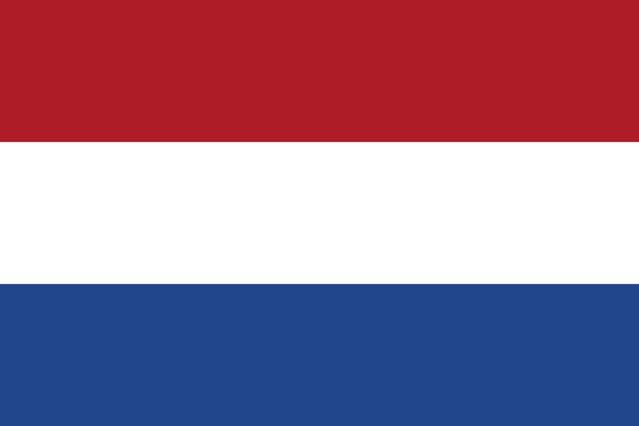
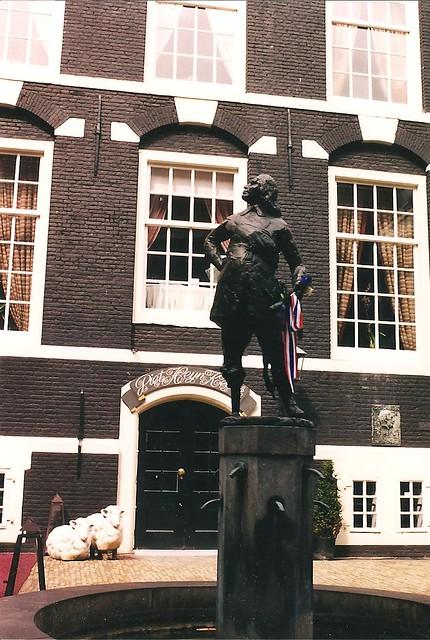
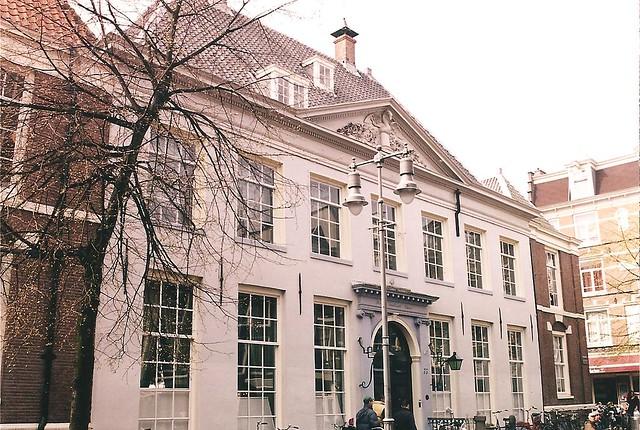
Groningen
Overview
Historical Significance
Groningen, located in the Saramacca District of Suriname, is a small yet historically rich village that offers a unique glimpse into the country’s colonial past. Founded in the 17th century by the Dutch, it became a significant site for sugar plantations, which were a crucial part of Suriname's economy. The remnants of this history can still be seen in the architecture and layout of the village, where traditional wooden houses stand alongside colonial-era structures.
The village is named after the Dutch city of Groningen, reflecting its colonial heritage. Visitors can explore the stories behind the original settlers and the indigenous peoples of the region, which adds depth to the experience of wandering through its streets. Historical sites, such as old plantation houses and remnants of sugar mills, serve as a reminder of the area's economically driven past, making it a fascinating destination for history enthusiasts.
Cultural Atmosphere
Groningen is not just a historical site; it is alive with a vibrant culture that reflects the diverse influences that have shaped Suriname. The local population is a blend of indigenous peoples, African descendants, and Dutch influences, creating a rich tapestry of traditions, languages, and culinary delights. The atmosphere in Groningen is warm and welcoming, characterized by the friendly demeanor of the locals who are eager to share their stories and culture with visitors.
One of the village's cultural highlights is its annual festivals, which showcase traditional music, dance, and art. The rhythms of Surinamese music, particularly kaseko and kawina, can often be heard during local celebrations, inviting travelers to immerse themselves in the joyful atmosphere. Additionally, local art galleries and craft shops offer an opportunity to appreciate the creativity and skill of Surinamese artisans, making it a perfect spot for souvenir shopping.
Nature and Surroundings
Surrounded by lush tropical landscapes, Groningen is a gateway to the natural beauty of Suriname. The area is rich in biodiversity, with opportunities for eco-tourism and exploration of the surrounding rainforests and waterways. Visitors can embark on guided tours to nearby nature reserves, where they may encounter unique wildlife, including various bird species, monkeys, and exotic plants.
The nearby Saramacca River provides ample opportunities for fishing, boating, and enjoying the serene beauty of the waterway. The tranquil atmosphere of the riverbanks is perfect for relaxation, and the stunning sunsets over the water create picturesque moments for travelers looking to capture the essence of Suriname’s natural beauty.
Local Characteristics
The local cuisine in Groningen is a delightful fusion of flavors, featuring dishes that blend indigenous, African, and Dutch influences. Travelers can savor traditional meals such as pom, a savory casserole made from root vegetables, and various fish dishes that highlight the region's access to fresh seafood. Street food is also abundant, with vendors offering local treats that provide a taste of everyday life in Groningen.
Additionally, the village's markets are a must-visit for those looking to experience local life. Here, visitors can find fresh produce, handmade crafts, and textiles, all while engaging with the friendly vendors. The vibrant colors and lively atmosphere of the market create a sensory experience that captures the essence of Surinamese culture.
Groningen, with its blend of historical significance, vibrant culture, stunning natural surroundings, and unique local characteristics, offers travelers an authentic experience of Suriname. Whether exploring its rich history, enjoying the warm hospitality of the locals, or indulging in the flavors of its cuisine, visitors are sure to leave with cherished memories and a deeper understanding of this fascinating region.
Other towns or cities you may like in Suriname
Explore other cities that share similar charm and attractions.


